
The symbiosis of car and watch design: designers share their stories
There is a strong and storied relationship between cars and watches, and designers from both sides can learn a thing or two from each other. Is there a case for designers trying their hand at other products and industries to gain fresh perspectives, explore synergies and ultimately bring new, exciting ideas into the world?
A sleek, well-proportioned exterior with flowing curves, premium materials and precision engineering. A product that begins with a sketch, is refined through CAD models and then carefully assembled by skilled technicians. The perfect blend of design, manufacturing and an appreciation for details.
Now, does this describe a high-end automobile, or a luxury mechanical watch? If we are being honest, it could be either. No coincidence then that many car designers dabble in watch design and, in some cases, what starts as a one-off spirals into something much greater.
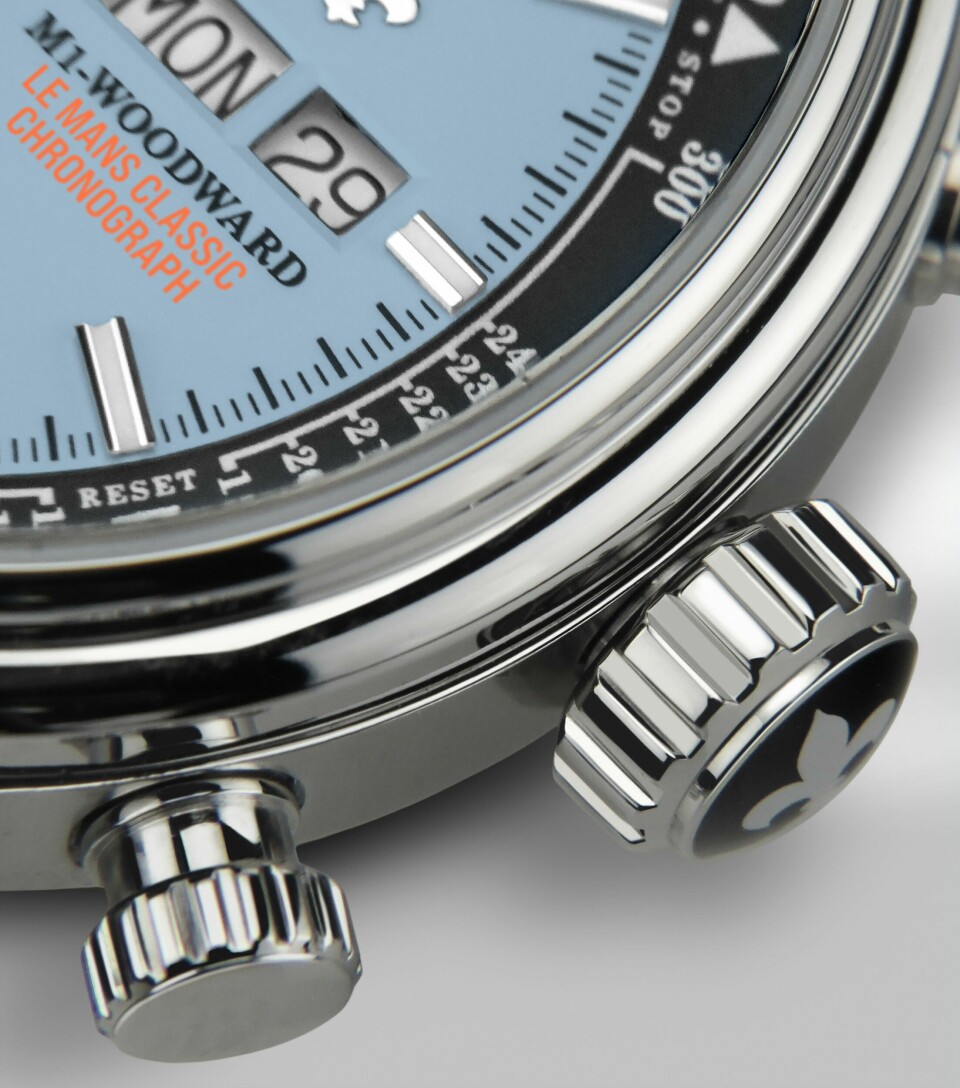
This conversation runs deeper than just brand partnerships, slapping a badge on a watch dial or mounting a clock on the instrument panel. There are elements of watch design that could inspire car designers to rethink their approach to certain elements of the vehicle, and vice versa. But don’t just take our word for it.
Attention to detail
For designer Frank Stephenson, there is a shared emphasis on precision. “Watches and cars have historically gone hand in hand. Both worlds value accuracy in all the small elements that make the outcome work perfectly,” he tells CDN. “In a watch, every small detail is meticulously thought out and designed, reflecting the dedication to ensuring that all parts fit perfectly together. This commitment to precision and attention to detail is something that every designer likes.”
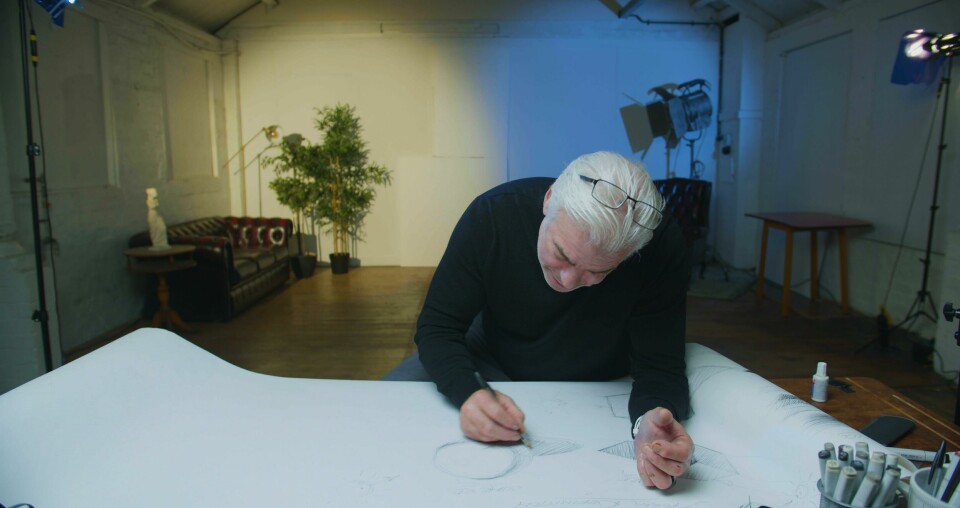
“Timepieces have always had a relationship to cars – a small mechanical engine wrapped in a case on your wrist,” observes Patrick Ayoub, a watch designer in Detroit. After senior design positions at BMW, DaimlerChrysler, SEAT and Volkswagen, he decided to started his own watch brand, Detroit Watch Co., and found that it wasn’t much of a jump from what he had been doing with cars over the last three decades. He highlights the importance of packaging and the mechanical movement of a watch when it comes to figuring out the rest of the design.
“The movement is the same as a car platform,” he explains. “It starts with your choice of movement and its function, as the dial design follows the functions. The movement specifications then dictate the minimum size of the case designs: it can be shrink wrapped around it, or designed larger than needed based on market positioning.” Again, this process could quite aptly describe how an engine – or battery electric platform – influences the rest of a vehicle’s design.
Geely design VP, Stefan Sielaff, can often be seen wearing his Chopard Mille Miglia and has worked with Breitling during his time as Bentley design director. Now in charge of emerging EV brand Zeekr, he explains that an appreciation of luxury watches has proven useful in his day job.
“High-end watches offer a unique perspective on craftsmanship, precision engineering and attention to detail,” says Sielaff. “Car designers can learn from the meticulous design processes, material selection and craftsmanship that go into these timepieces.” Watchmaking also teaches “patience, precision and the ability to work within tight tolerances,” he adds, “which are exactly the kind of skills our Zeekr designers strive for in every aspect of their designs.”
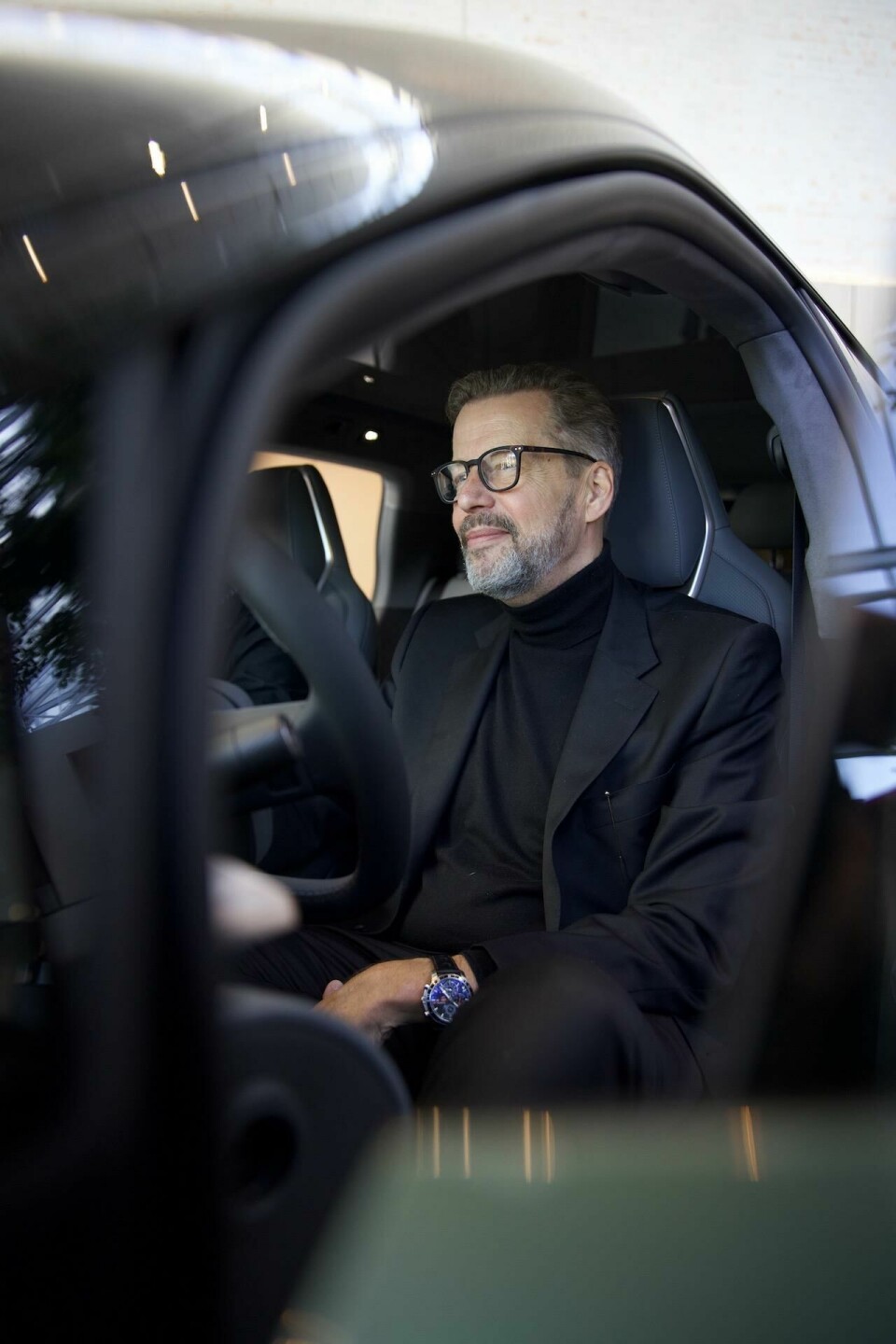
For Matt Humphries, the interest in watches came during his time as chief designer at Morgan, the iconic British three-wheel sportscar brand. He recalls working on an instrument cluster with two prominent dials surrounded by machined aluminium and leather.
“The more I got into designing this sort of jewel-like piece on the dash along with the graphics and the dials, I gained an appreciation for watch design,” he says. Fast forward to today, and MHD Watches is flying, although Humphries still finds the time to do the occasional automotive design project on the side.
In Gothenburg, Patrik Palovaara has gone all in on watches following time at design consultancy Afry and then a decade at Volvo Group, working on both cars and trucks. He has generally specialised in exterior design, including components and wheels, which he found translated well into the world of watches.
“If I take the comparison of a headlamp or an interior knob, it’s often very intricate and detailed,” he observes. “That kind of mindset naturally carried over when I was thinking about establishing a watch brand.”
Shared skills and CMF
A fan of Panerai, Bell & Ross and Hublot, Palovaara says he has tried to bring a similar kind of aesthetic while introducing automotive design techniques – chiefly, being more three-dimensional. “Watch designers tend to work with just the side, front and back view. But in the car design business you study the design from every different angle, doing hundreds of iterations of how one curve transitions into another, creating the perfect highlights and contrasts.” Humphries is of a similar opinion, noting that “all the things you’re taught in car design about proportion, volume, weight, tensions… I try and take that back into the design of watch cases.”
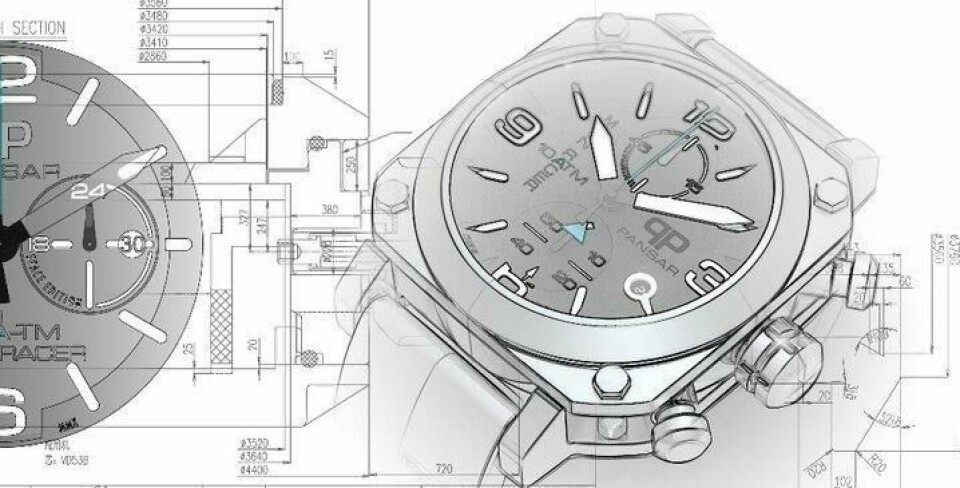
Assembling in-house in Metro Detroit, Ayoub’s company has been turning out elegant dress watches, rugged pilot watches and automotive-inspired chronographs since 2013, and in specific instances has drawn on motoring heritage for inspiration. A special 20th anniversary V-series chronograph was made for Cadillac last year (see above), following the red, yellow and blue of the 2004 CTS V Racer.
A car’s exterior surfacing must reflect the same precision, attention to detail and finishing of high-end watch cases
Through his design consultancy, Stephenson has been working on watches too – following in the footsteps of legendary figure, Giorgetto Giugiaro, whose Seiko designs were even used as props for the film Aliens. Stephenson’s watches have a space-age feel to them too; COSMOS draws inspiration from the stars and has been carefully designed such that the rubber strap blends seamlessly into the case, marrying two distinct materials. There are many examples of rubber and metal marrying in an automotive setting, of course, which leads us to the crossover in terms of materiality.
“Many elements in the interior such as the cockpit, steering wheel, instrument panel and so on share common design points, particularly from a precision and ergonomics point of view. However, what ties them together even more is the type of materials used,” Stephenson explains. “The emphasis on a nice feel and the precise fit and finish of different materials are aspects where the watch world and car design share common ground.”
Detroit Watch Co.’s Ayoub agrees that there are similar considerations around CMF. “As with automotive, you work with the various finishes of the cases. The shapes catch light, with some areas polished, brushed or textured,” he explains. “There is the leather finish and quality, plus the tactile snap of a deploying clasp.”
Beyond the interior, Sielaff says the influence of high-end timepieces can be seen in a car’s exterior surfacing, “which needs to reflect the same level of precision, attention to detail and finishing of high-end watch cases.” Wheels can be compared to watch dials, he adds, “where the interplay of form, function, and aesthetics come together to make a statement.”
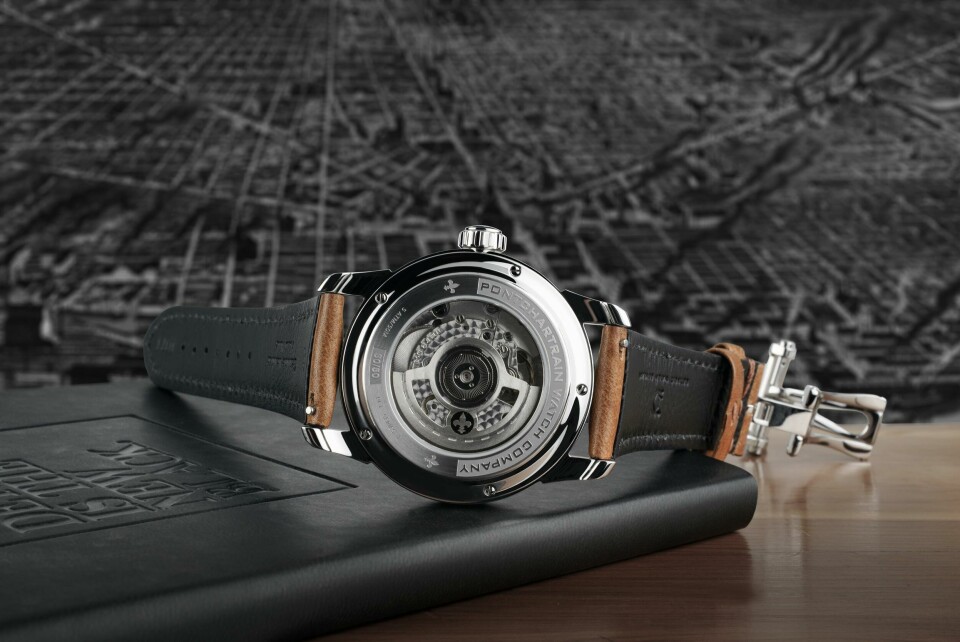
It should come as no surprise to learn that GAC advanced design head Pontus Fontaeus has worked on several watches during his time as a car designer, from Tag Heuer at Renault, Fortis at Volkswagen and in an independent capacity, he has even worked on some watch proposals for Volvo. “I am pretty much only interested in designing things that move in some way,” he explains, “be it cars, motor bikes, boats, planes… In some respect a watch is a motor you carry, a vehicle of time.”
His most recent work was with Cabestan to help create a commemorative Ferrari Formula One timepiece. Now at GAC, his interest in watches has permeated into several recent interior designs, including the digital screen of the Enpulse concept. “The connection between chronographs and car instrumentation has always been super important for me,” Fontaeus tells CDN. “I designed a lot of car gauges in the past influenced by watches, but I also took this mindset into the digital era when we scrapped the analogue system.”
Light Signatures
Modern car design seems to be increasingly led by exterior lighting, and Bremont CEO Davide Cerrato has admired how car light signatures create a unique identity even in the dark, while also serving their primary function: safety.
Speaking in a recent Hodinkee podcast, Cerrato said he is investigating how lume – which makes parts of the watch glow in the dark – could draw inspiration from these DRLs. “There is indeed a shared design strategy,” says Sielaff, “and at Zeekr we are going one step further with our Stargate light band, which supports personalised projection: the driver is not only able to design the car’s face but also interact with cars and pedestrians. Let’s see when we see that in watches…”
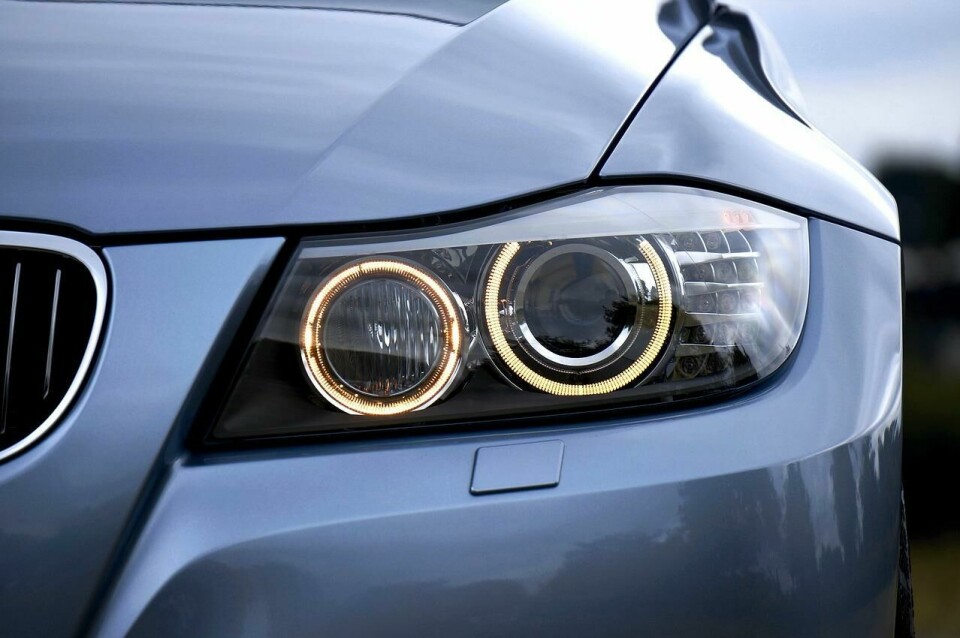
Rugged luxury and storytelling
As the car industry begins to reconsider what luxury means, there may be lessons from the timelessness of upmarket watches, which only seem to accrue value both sentimentally and monetarily. “The design and finish of automotive components, both on the interiors and exteriors, speaks volumes about the quality of the product. The intricacy with which watches are built conveys the same,” says Stephenson. “Both industries prioritise the tactile and visual quality of materials to enhance the overall user experience.”
More specifically, might there be inspiration from watch brands where utility, ruggedness and an ‘industrial feel’ still resonate with luxury? Stephenson certainly thinks so: “Luxury watches deliberately showcase all the technical elements as part of the design, transmitting a sense of security, ruggedness and luxury. In car design, we have traditionally applied this idea in supercars, showcasing the engine. However, we could push this concept even further.”
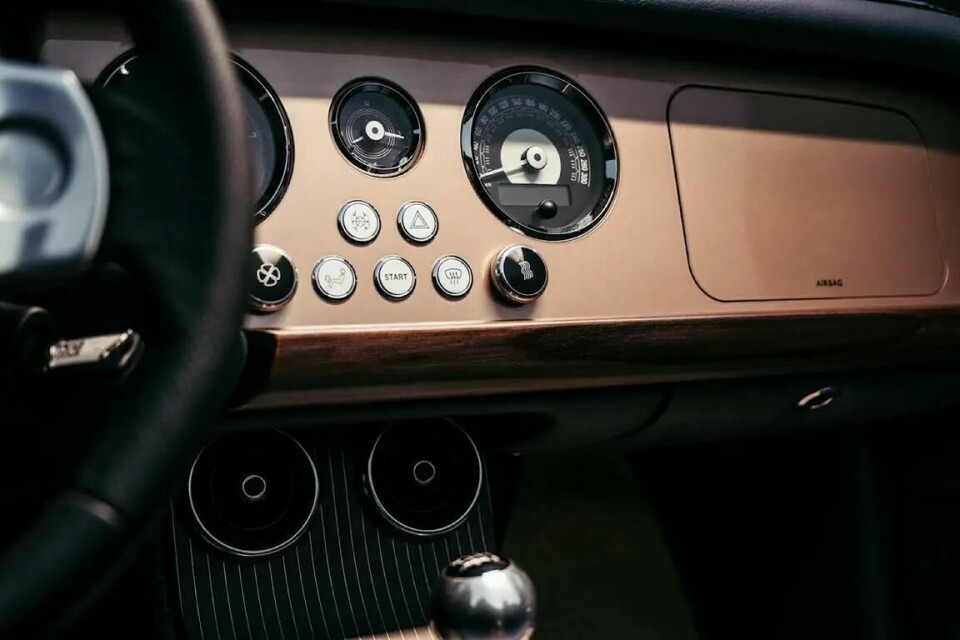
For example, he suggests that the steering box or airbag on the dashboard could be highlighted, celebrated even. “By designing these technical elements and integrating them into the overall design with an external transparent shell, we can create a unique and captivating aesthetic inspired by watch design,” he continues. “One of the key qualities seen in horology is the balance of the industrial feel and finished aesthetic, but this is always a thin rope to walk.”
When it comes to luxury, the story is just as important as how the product looks or performs. These are expensive goods and besides a unique appearance or high-end functionality, there must be a narrative – a why behind the what. For example, the Mille Miglia Chronograph was not a random selection for Geely’s Sielaff. It represents a poignant memory of completing the race back in 2014, “keeping this fantastic once-in-a-lifetime experience fresh in my mind.”
Palovaara agrees that luxury buyers of both cars and watches tend to invest more in the story. “Of course the product has to look good, but it is the story that becomes the luxury element of it. They are invited on this journey with you as a brand.” Car designers would do well to remember this as new strains of luxury emerge, adds Humphries.
Working on watches has opened my eyes to a whole world of design
Palovaara believes both cars and watches are “still quite conservative” in the luxury space, and Stephenson suggests that watch designers could learn from automotive processes in the ideation phase, being more “forward-thinking, pushing boundaries, and generating completely different and radical ideas that could redefine the industry.” He adds that “drastic evolutions somehow push the limits of brand identity and the qualities that make the marque. This willingness to experiment with design languages is missing in certain brands that have been sticking to classic yet conventional silhouettes.”
Objects of desire
Currently director of industrial design at Microsoft, Phil Frank has a CV that illustrates how design skills can transcend different markets, working on everything from pianos, furniture and consumer electronics to high-performance vehicles (including storied brand Saleen), medical devices and watches for Nike.
“They all have a similar vein, as they are what I refer to as Objects of Desire,” he tells CDN. “These are things we want, not just things we need. They require great design passion, an incredible understanding of proportions and surfacing – down to the tenth of a millimetre – and a flair for the use of mixed materials and CMF.”
His Nike D-Line watches combine metal and rubber links that blend into the watch case, for example, while the ‘Armoured’ chronograph has an asymmetrical steel bracelet and a super sleek case. It is easy to see how the technical skills of a car designer can translate into projects like these.
“When I was at Nike from 1999-2006, watch design was the perfect opportunity as we sculpted all our designs in Alias and Rhino, just like cars but on a tiny scale,” Frank recalls. “I was designing watches during the day and cars during the night, using the same CAD tools and sensitivities just on ridiculously different scales.”
In what could preface another crossover feature, Frank suggests eyewear could be even more closely related to car design than watches. “Car designers have a certain skill with surfacing and sculpting that make us ideal for entering other design fields; most relevant is actually eyewear and sunglasses,” he says, “because well designed and developed eyewear surfacing is very close to automotive body sculpting.”
For Humphries, working on watches has ultimately opened his eyes to new ways of working. “I’m not bothered as to what vehicle I’m designing. It could be a Ford Ranger’s body kit or a small delivery van. I like the variety, and I think working on watches has opened my eyes to a whole world of design that’s out there.”
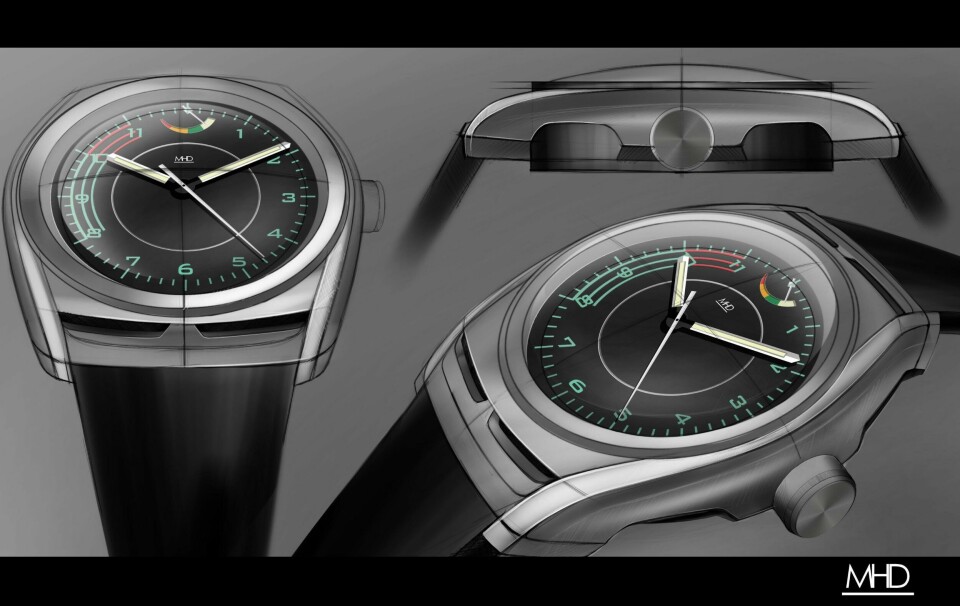
And perhaps this is the key takeaway: designers should try their hand at other products and industries to gain fresh perspectives, explore synergies and ultimately bring new, exciting ideas into the world. If the underlying skillset is there, such explorations could result in nuanced approaches to how cars – and elements of the car – are thought about moving forward. Don’t expect to see a car paying homage to a particular watch, but there is clearly a symbiosis between both fields of design.

































